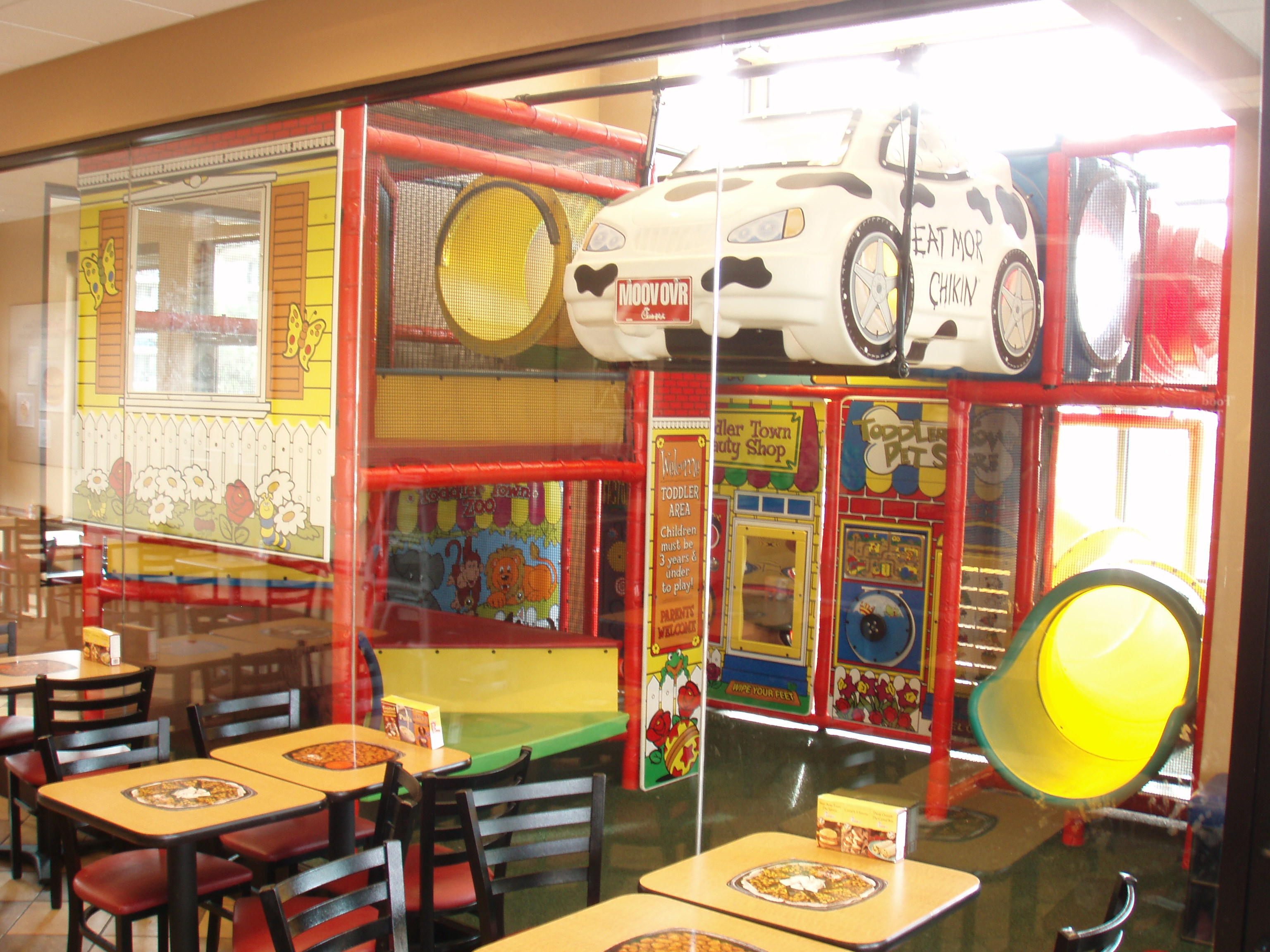Using tracer viruses, researchers found that contamination of just a single doorknob or tabletop results in the spread of viruses throughout office buildings, hotels, and health care facilities. Within 2 to 4 hours, the virus could be detected on 40 to 60 percent of workers and visitors in the facilities and commonly touched objects, according to research presented at the 54th Interscience Conference on Antimicrobial Agents and Chemotherapy (ICAAC), an infectious disease meeting of the American Society for Microbiology.
 There is a simple solution, though, says Charles Gerba of the University of Arizona, Tucson, who presented the study.
There is a simple solution, though, says Charles Gerba of the University of Arizona, Tucson, who presented the study.
“Using disinfecting wipes containing quaternary ammonium compounds (QUATS) registered by EPA as effective against viruses like norovirus and flu, along with hand hygiene, reduced virus spread by 80 to 99 percent,” he says.
Norovirus is the most common cause of acute gastroenteritis in the United States, according to the Centers for Disease Control and Prevention (CDC). Each year, it causes an estimated 19-21 million illnesses and contributes to 56,000-71,000 hospitalizations and 570-800 deaths. Touching surfaces or objects contaminated with norovirus then putting your fingers in your mouth is a common source of infection.
In the study, Gerba and his colleagues used bacteriophage MS-2 as a surrogate for the human Norovirus, as it is similar in shape, size and resistance to disinfectants. The phage was placed on 1 to 2 commonly touched surfaces (door knob or table top) at the beginning of the day in office buildings, conference room and a health care facility. After various periods of time (2 to 8 hours) they sampled 60 to 100 fomites, surfaces capable of carrying infectious organisms (light switches, bed rails, table tops, countertops, push buttons, coffee pots handles, sink tap handles, door knobs, phones and computer equipment), for the phages.
 “Within 2 to 4 hours between 40 to 60% of the fomites sampled were contaminated with virus,” says Gerba.
“Within 2 to 4 hours between 40 to 60% of the fomites sampled were contaminated with virus,” says Gerba.
In the intervention phase cleaning personal and employees were provided with QUATS disinfectant containing wipes and instructed on proper use (use of at least once daily). The number of fomites on which virus was detected was reduced by 80% or greater and the concentration of virus reduced by 99% or more.
There are 90 different EPA-registered quat-based formulations available under 1500 different brand names that are formulated to kill Norovirus on solid surfaces. These are available as wipes or ready-to-use liquids or concentrates for use by professional maintenance teams.
“The results shown that viral contamination of fomites in facilities occurs quickly, and that a simple intervention can greatly help to reduce exposure to viruses,” says Gerba.




